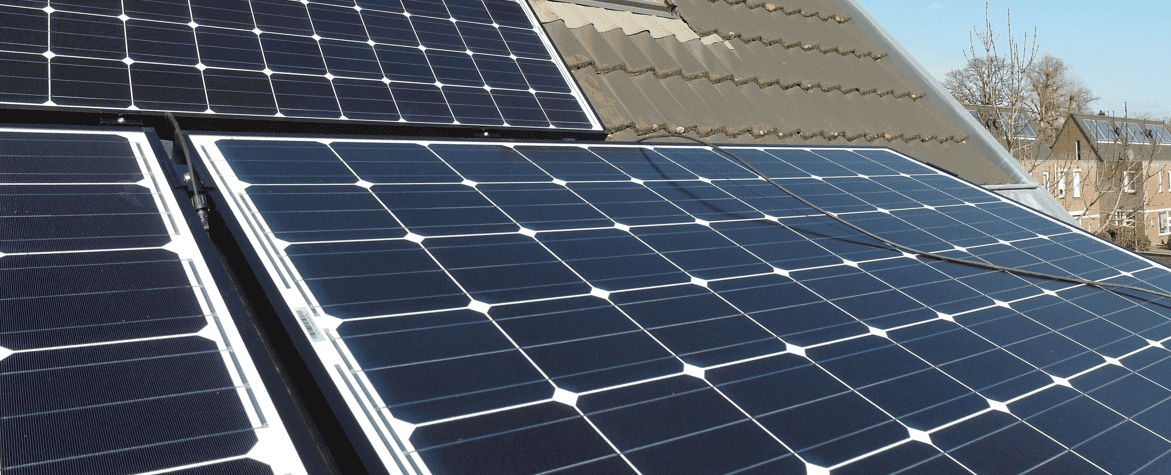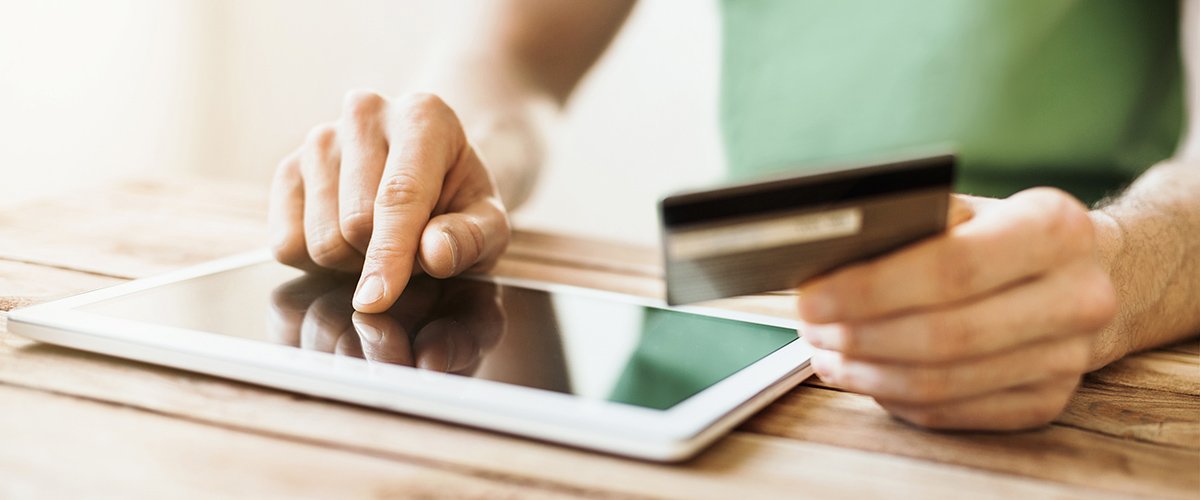Unlock the potential of your home or business to generate clean energy and earn with Energia's Microgeneration support. Energia currently offers a competitive rate of 18.5 cent (18.5c/kWh) for every unit of surplus electricity you export back to the grid.
Who is Eligible?
To join Energia’s Microgeneration Scheme, you must:
- Own a microgenerator, such as a solar PV system
- Have an export grid connection
- Have a smart meter installed (Energia can request one for you)
- Submit the NC6 form to ESBN (your installer may do this for you)
Eligible customers may also qualify for financial support via SEAI grants to help offset installation costs. Once your export data is shared with Energia by ESBN, you'll begin receiving credits on your electricity bill.
How to Sign Up
Here's how to sign up for Energia’s Microgeneration Scheme:
- Own a microgenerator (like solar PV) with an export grid connection.
- Ensure your NC6 form is completed and submitted to ESBN. Your installer may have already done this.
- Once ESBN processes your form, they notify Energia, and we’ll set up your export account.
- Make sure both your electricity import and export are with Energia.
- Once ESBN sends us your export data, you'll see payments as a credit on your Energia bill.
The Simple 4-Step Process
- 1. Install solar panels or another microgenerator
- 2. Submit your NC6 form and install a smart meter
- 3. Start exporting surplus electricity to the grid
- 4. Receive credit on your Energia bill every 2 months
Benefits of Joining Energia’s Scheme
- Payment for your surplus energy: Energia pays you for the excess electricity you export to the grid, currently at a rate of 18.5c per kWh.
- Contribute to a greener Ireland: Exporting your surplus green energy helps Ireland move towards a more sustainable future and reduces your carbon footprint.
- Potential tax exemptions: You may be eligible for a yearly tax exemption of €400 on income earned from selling excess electricity.
- Financial support: Grants from the Sustainable Energy Authority of Ireland (SEAI) can help cover installation costs.
- Smart Solar bundle: Energia offers a Smart Solar bundle that provides a saving of €750 on solar panel installation.
- No export cap: If you have a smart meter, there’s no limit to how much electricity you can export.
Trusted by Thousands Across Ireland
Join over 28,000* Energia customers already earning from their microgeneration systems. We’re a trusted supplier of 100% green energy, committed to helping Ireland transition to a cleaner, more sustainable energy future.
* total number of microgeneration customers as of April 2025


